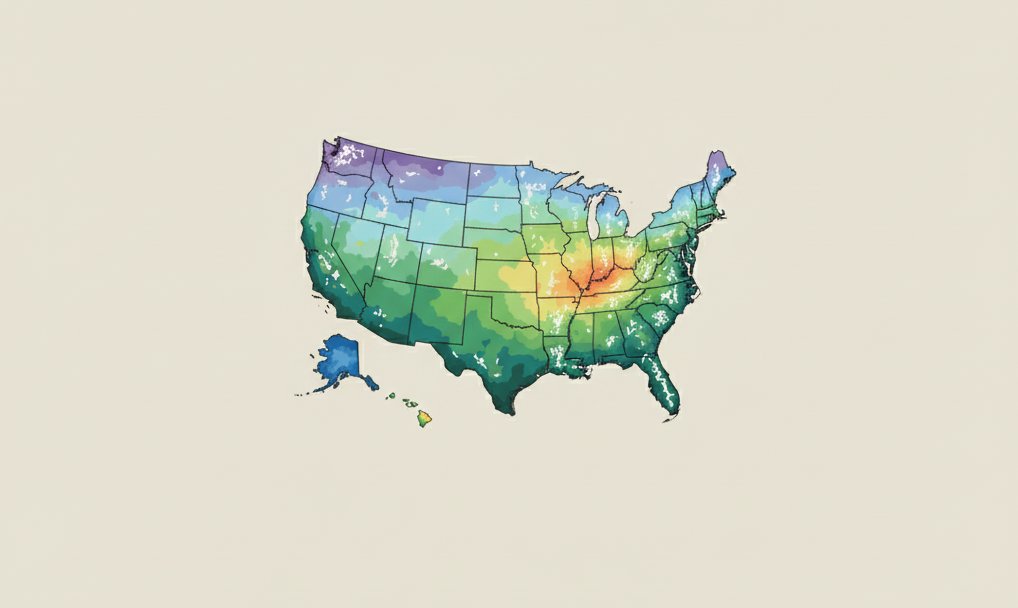Succulent Growing Zones
Succulent plants can thrive in many climates, but not every type can handle the same conditions. Some varieties prefer hot, dry regions, while others can survive in cooler areas with light frost. To grow healthy succulents, you need to match the plant to the right growing zone and understand how much heat or cold it can handle.
You will find that climate zones play a big role in how well succulents adapt outdoors. Hardiness zones show the average minimum temperatures for each region, which helps you know if a plant can survive year-round or if it needs extra protection. By learning which zones support different succulents, you can choose plants that will last instead of struggle.
Temperature tolerance matters just as much as zone. Most succulents do best in warm conditions but can suffer if exposed to extreme heat or freezing weather. Knowing the limits of your succulents helps you protect them during cold snaps or heat waves, keeping them strong in any season.
Understanding Succulent Growing Zones
Succulent plants grow best when matched to the right climate. Temperature, frost risk, and sunlight levels all affect whether a species will thrive outdoors or need protection indoors. Knowing your zone helps you choose between hardy succulents that can handle cold and soft succulents that need warmth.
What Are USDA Hardiness Zones?
The USDA Plant Hardiness Zone Map divides regions into 13 zones based on the average annual minimum winter temperature. Each zone is further split into “a” and “b” ranges, giving more detail about expected lows.
For example:
- Zone 5a: -20°F to -15°F
- Zone 5b: -15°F to -10°F
- Zone 9a: 20°F to 25°F
- Zone 9b: 25°F to 30°F
- Zone 12a: 50°F to 55°F
- Zone 12b: 55°F to 60°F
This system helps you predict whether a plant can survive winter in your area. Hardy succulents like Sempervivum or Sedum can handle zones as low as 3 or 4. Soft succulents such as Echeveria or Aloe usually need zones 9 and above, or they must be grown indoors during cold months.
You can find your exact zone using the USDA map, which is based on long-term climate data. This makes it a reliable starting point for planning your succulent garden.
Key Growing Zones for Succulents
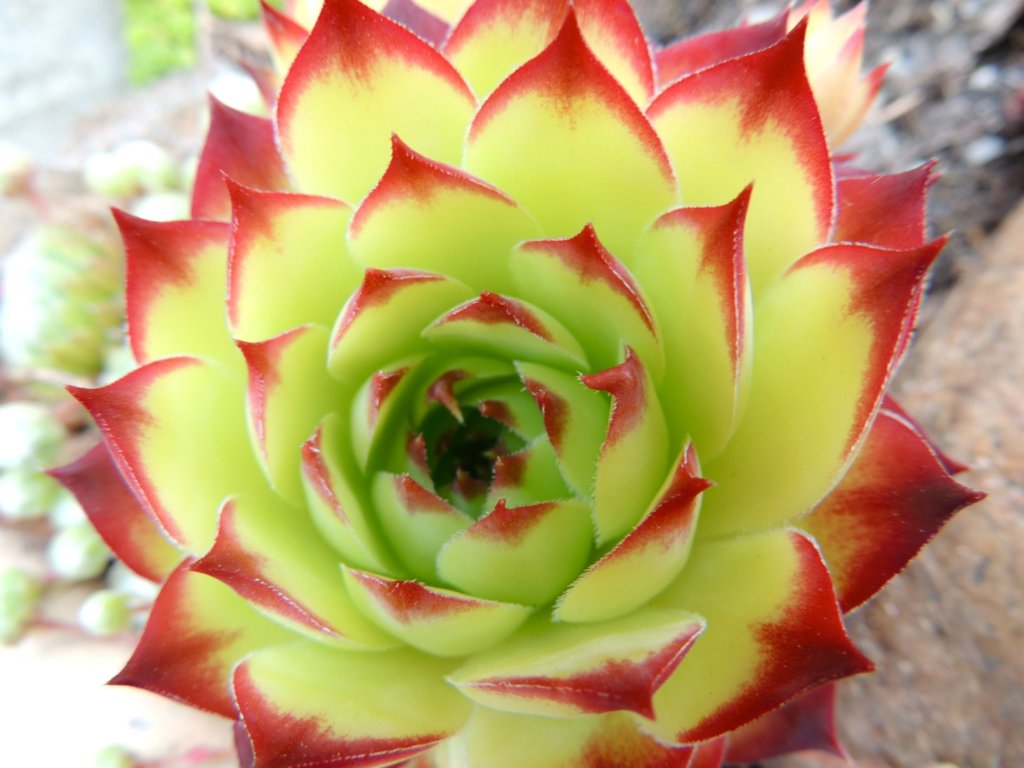
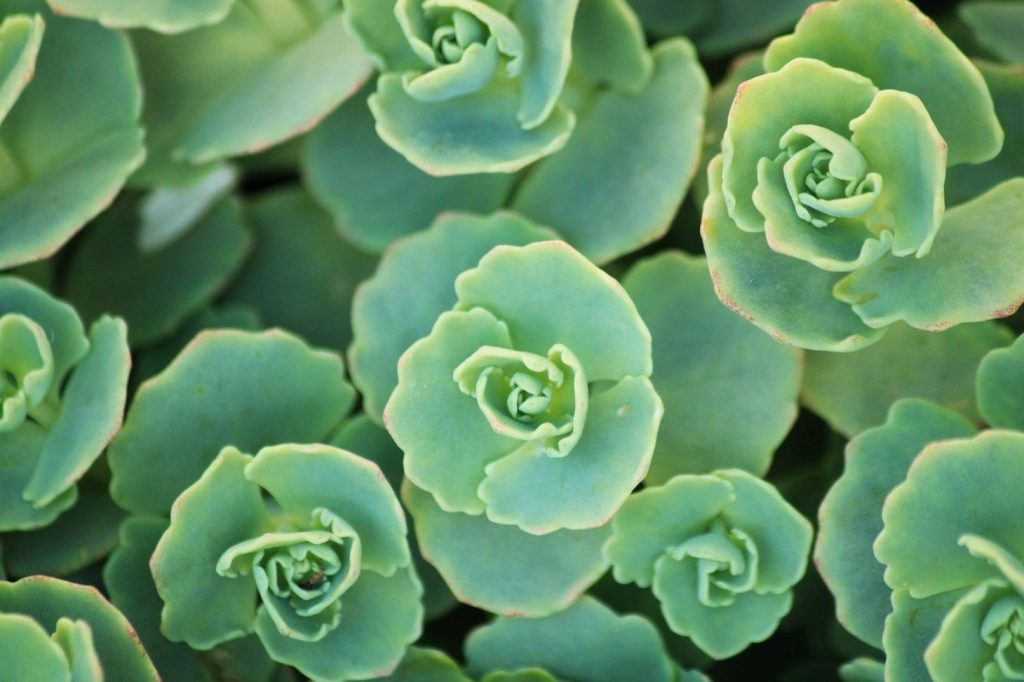
Succulents vary widely in their cold and heat tolerance. Hardy succulents grow outdoors year-round in cooler zones, while soft succulents need mild winters.
- Zones 3–5: Only hardy types like Sempervivum and Sedum survive.
- Zones 6–8: Hardy succulents thrive, but soft succulents need protection in winter.
- Zones 9–12: Many soft succulents, including Echeveria, Crassula, and Aloe, can grow outdoors.
- Zone 13: These zones have a minimum average temperature of 60–70°F (15.6–21.1°C), and many tropical succulents thrive here.
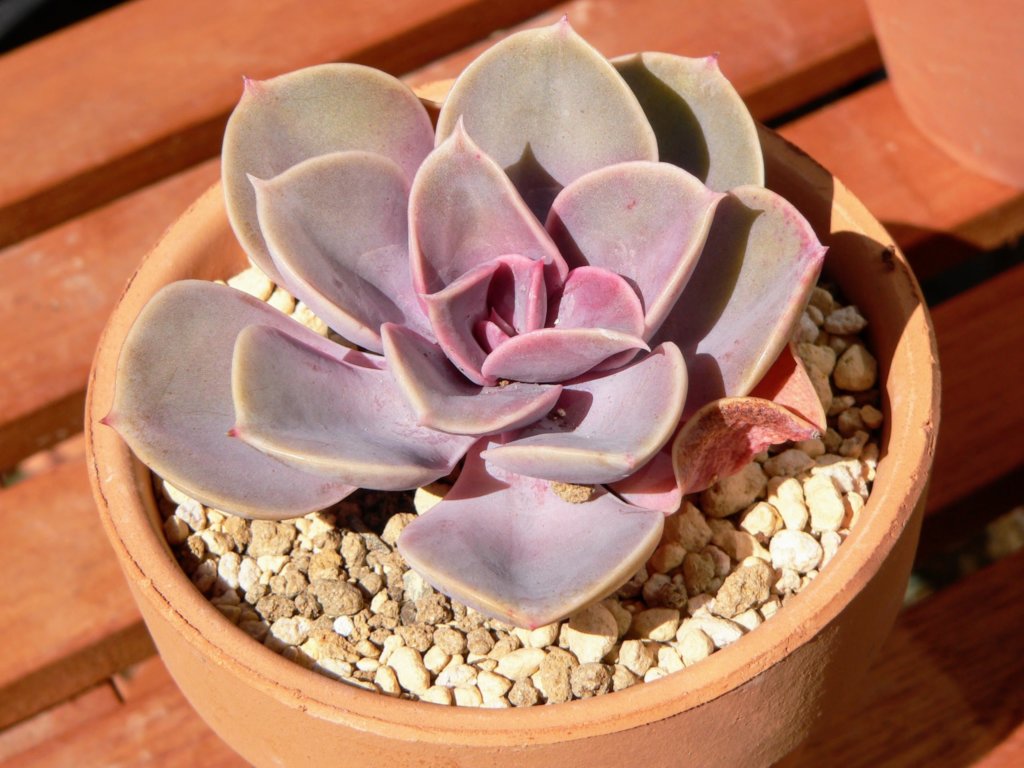
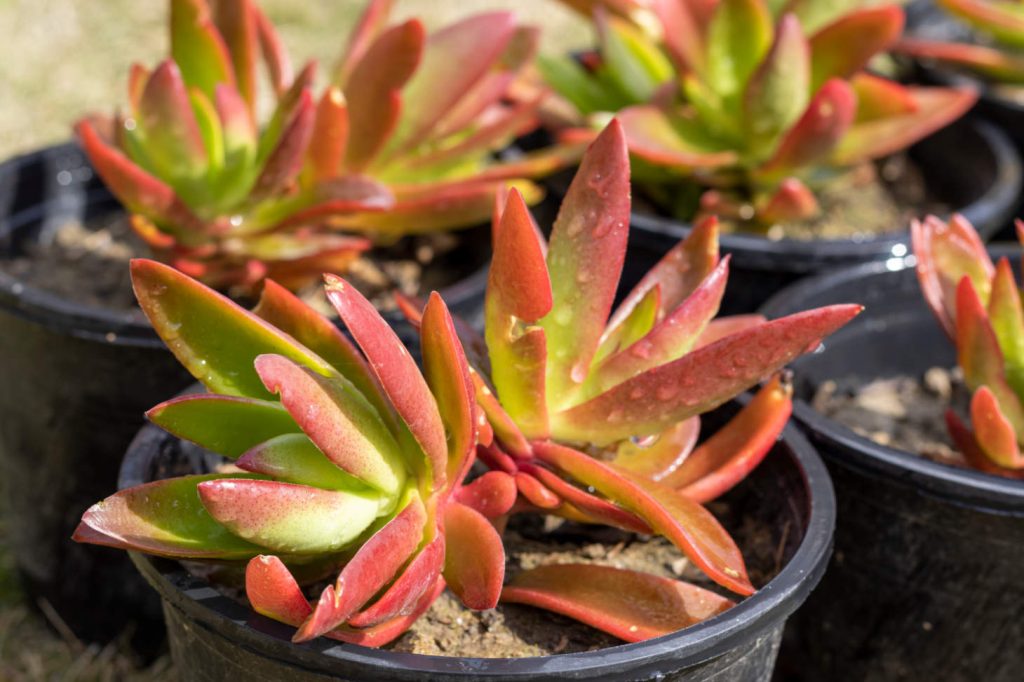
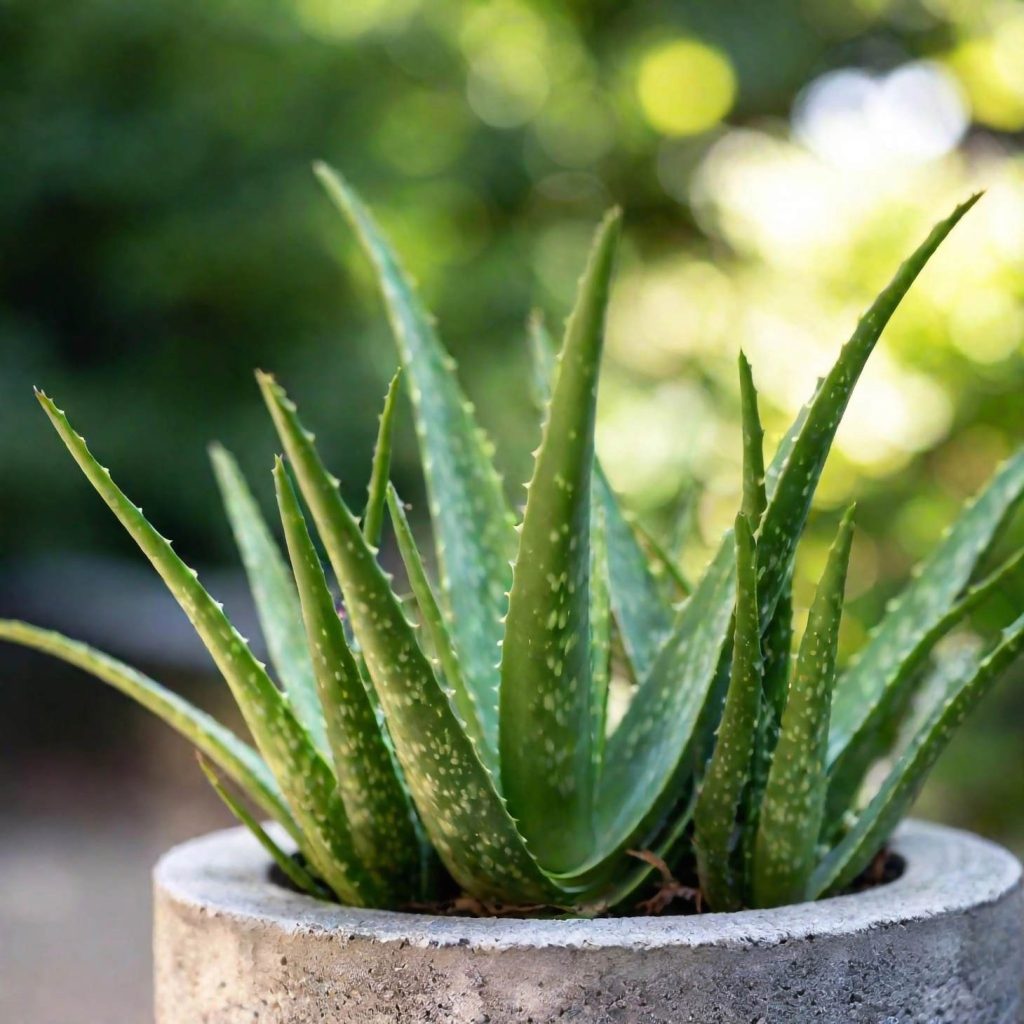
If you live in a colder zone but want to grow soft succulents, you can keep them in pots and move them indoors before frost. In hotter zones, shade and careful watering help prevent heat stress. Matching the plant to the zone reduces the need for constant protection.
Climate Factors Affecting Succulent Growth
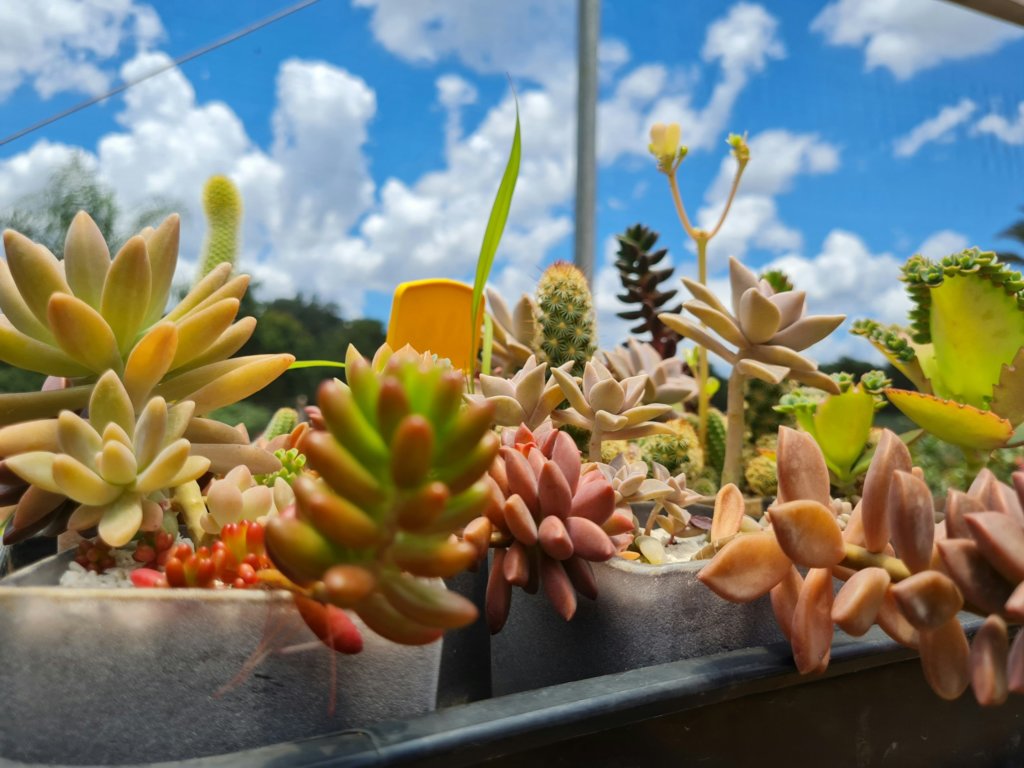
While zones guide you by minimum winter temperature, other climate factors also shape growth. Sunlight, rainfall, humidity, and seasonal heat play important roles.
Succulents need well-draining soil and limited water. In humid or rainy regions, root rot becomes a risk, so raised beds or containers help. In very hot areas, afternoon shade prevents leaf burn.
Cold tolerance also depends on moisture. A dry cold is easier for hardy succulents to survive than a wet freeze. For soft succulents, even light frost can damage leaves, so covering plants or moving them indoors is often necessary.
By considering both your USDA zone and local climate conditions, you can decide whether to plant in the ground, use containers, or adjust care methods to keep succulents healthy.
Temperature Tolerance of Succulents
Succulent plants can survive in a wide range of conditions, but their health depends on how well you manage temperature changes. Some types handle frost or heat better than others, while many need steady, moderate climates to grow well.
Ideal Temperature Ranges
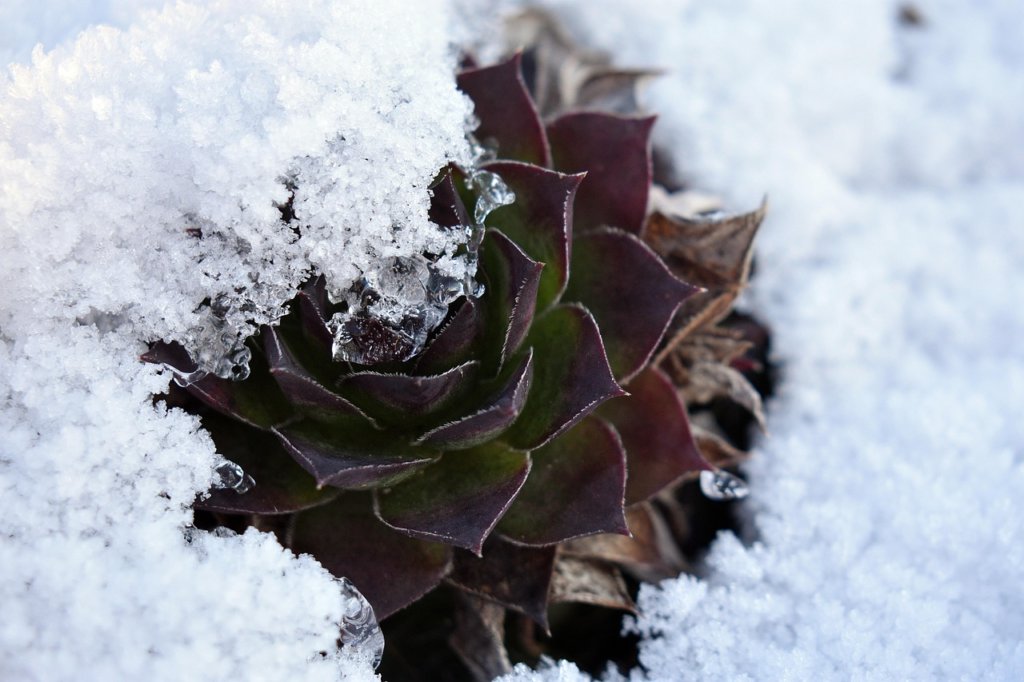
Most succulents grow best in 60°F to 80°F (15°C to 27°C). This range supports healthy photosynthesis, water storage, and strong root development.
Soft succulents usually prefer warmer conditions. They can often stay healthy between 40°F and 90°F, but they will not tolerate frost. Hardy succulents, such as certain sedums and sempervivums, can survive below freezing if they are established in the ground.
When growing indoors, keep your succulents away from drafty windows in winter and hot, south-facing glass in summer. Outdoors, choose a planting spot with good airflow and light shade in very hot regions.
If you live in USDA zones 9–11, most soft succulents can stay outside year-round. In zones 4–8, hardy succulents are better suited for permanent outdoor planting.
Effects of Extreme Cold
Cold temperatures stress succulent plants by freezing the water stored in their leaves and stems. This can cause the cells to burst, leaving blackened or mushy patches.
Hardy succulents may tolerate 20°F (-6°C) or lower, but protection such as mulch or frost cloth helps prevent damage during long freezes. Soft succulents, however, often suffer damage below 40°F (4°C) and should be brought indoors when frost is expected.
If you must keep succulents outside in cold weather, place pots near walls or under covered patios where heat radiates at night. Avoid watering heavily before a freeze, as excess moisture increases the risk of frost damage.
Monitoring night temperatures is more important than daytime highs, since most cold injury occurs overnight.
Effects of Excessive Heat
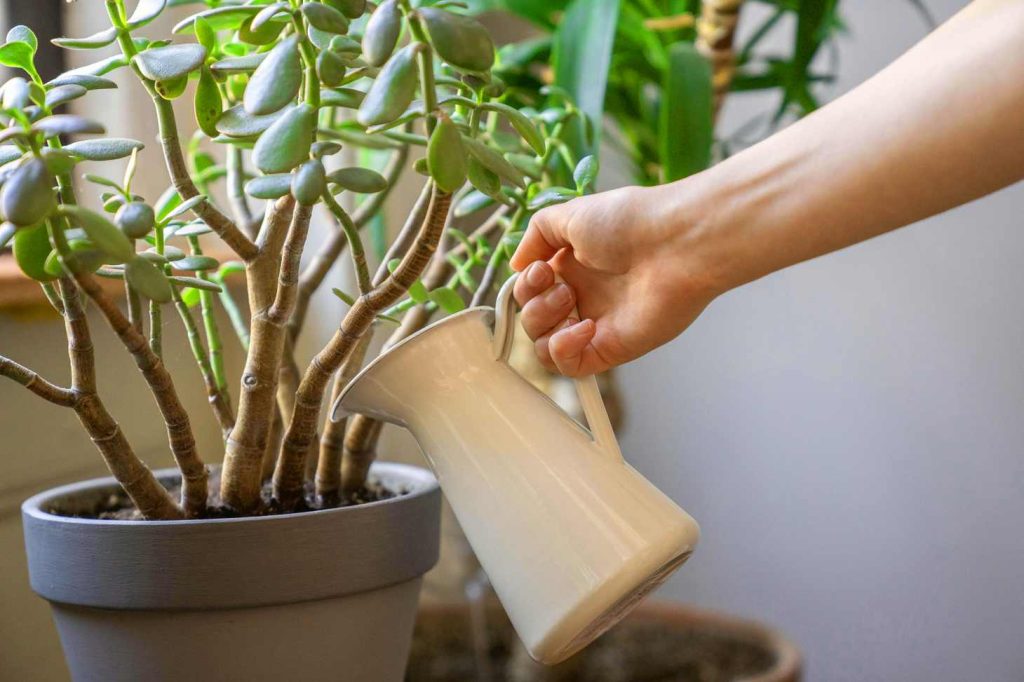
Heat stress usually appears when temperatures rise above 90°F (32°C), especially if the sun is intense. Leaves may wrinkle, scorch, or lose color.
You can reduce stress by providing afternoon shade, particularly for soft succulents. Hardy succulents often tolerate more direct sun, but even they may need protection during heatwaves.
Watering should be adjusted carefully. Succulents need more frequent watering in extreme heat, but the soil must drain quickly to avoid rot. A layer of gravel mulch helps keep roots cooler.
Indoor succulents also suffer when placed near hot windows. Move them slightly back or use sheer curtains to filter sunlight while still providing enough brightness for growth.
Types of Succulents and Their Climate Adaptations
Succulents respond differently to temperature and climate depending on their species. Some can survive freezing winters, while others need steady warmth and protection from frost.
Hardy Succulents: Surviving Cold Climates
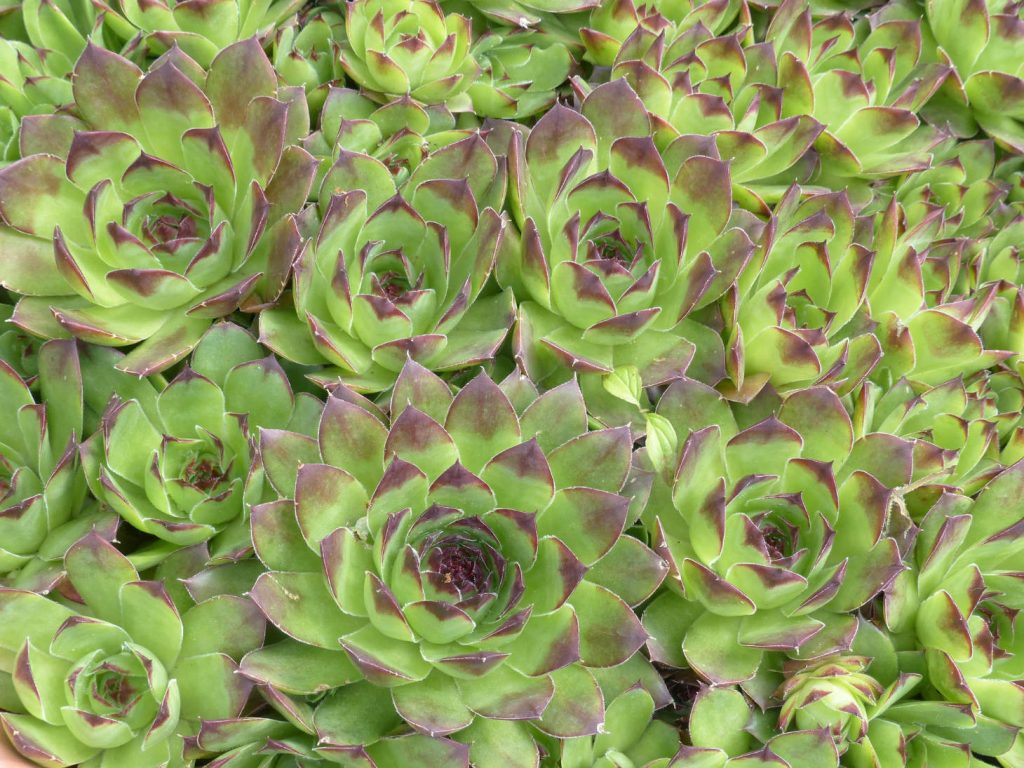
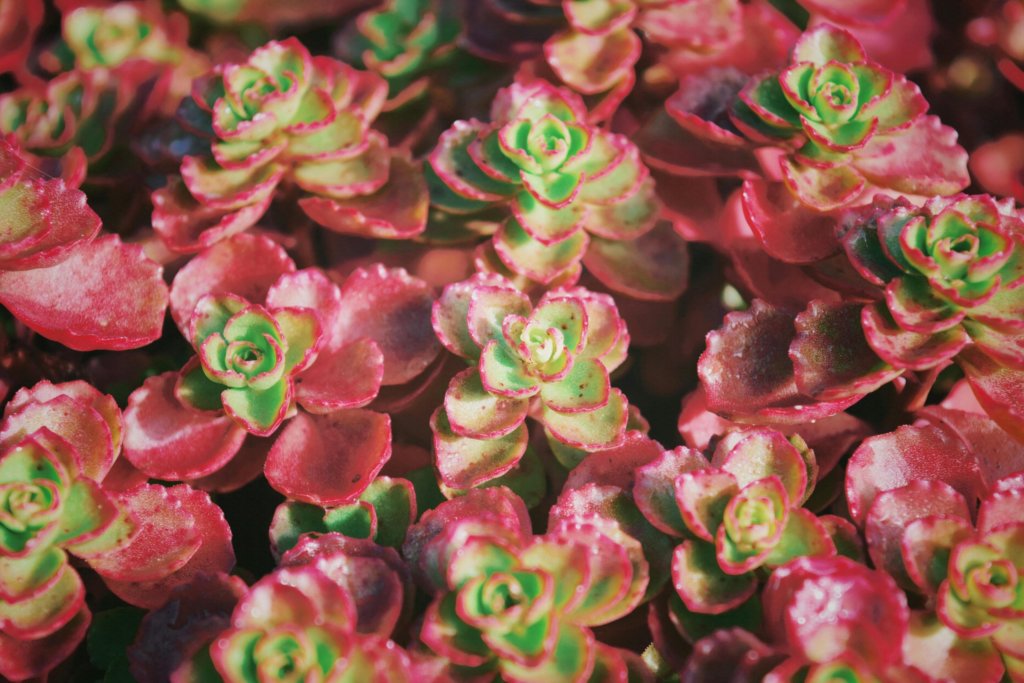
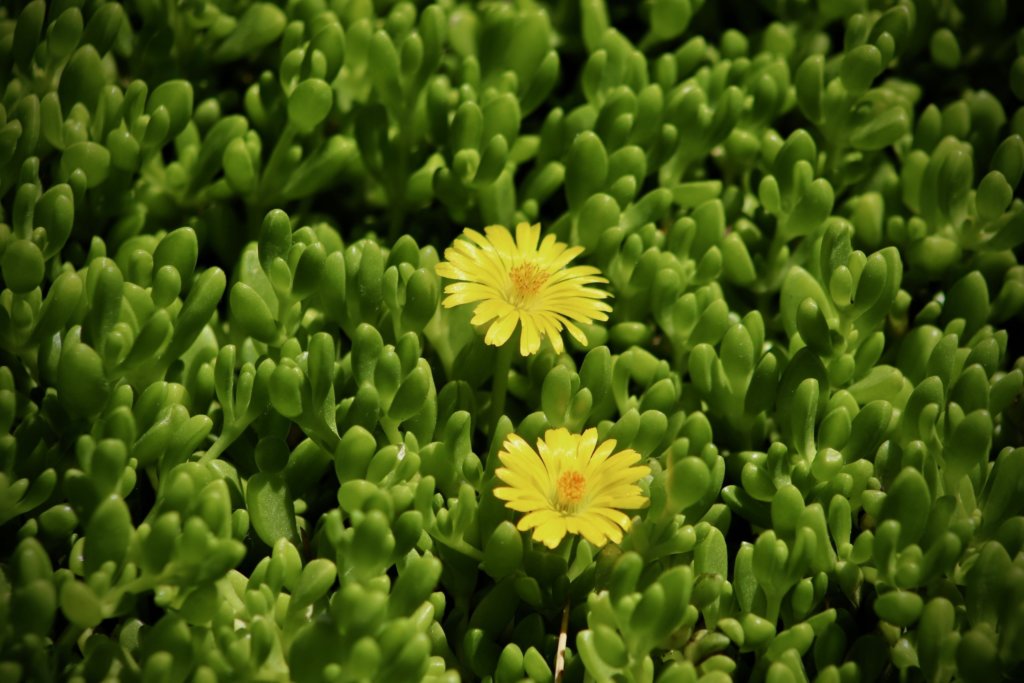
Hardy succulents adapt well to regions with cold winters and fluctuating temperatures. These plants can withstand frost, snow, and even subzero conditions when planted in the ground.
Sempervivum (hens and chicks) and many Sedum species are common cold-tolerant choices. They survive in USDA Zones 3–9, where winters can reach -30°F (-34°C). Their rosette structure and water-storing leaves help them conserve energy during dormancy.
You can grow hardy succulents outdoors year-round without heavy protection. They need well-drained soil to prevent root rot during wet winters. Unlike tender succulents, they do not require indoor overwintering.
A few hardy species:
- Sempervivum tectorum: thrives in rocky soil and tolerates snow cover.
- Sedum spurium: spreads as groundcover and survives repeated freezes.
- Delosperma (ice plant): tolerates cold but still enjoys summer heat.
Soft Succulents: Warmth and Frost Sensitivity
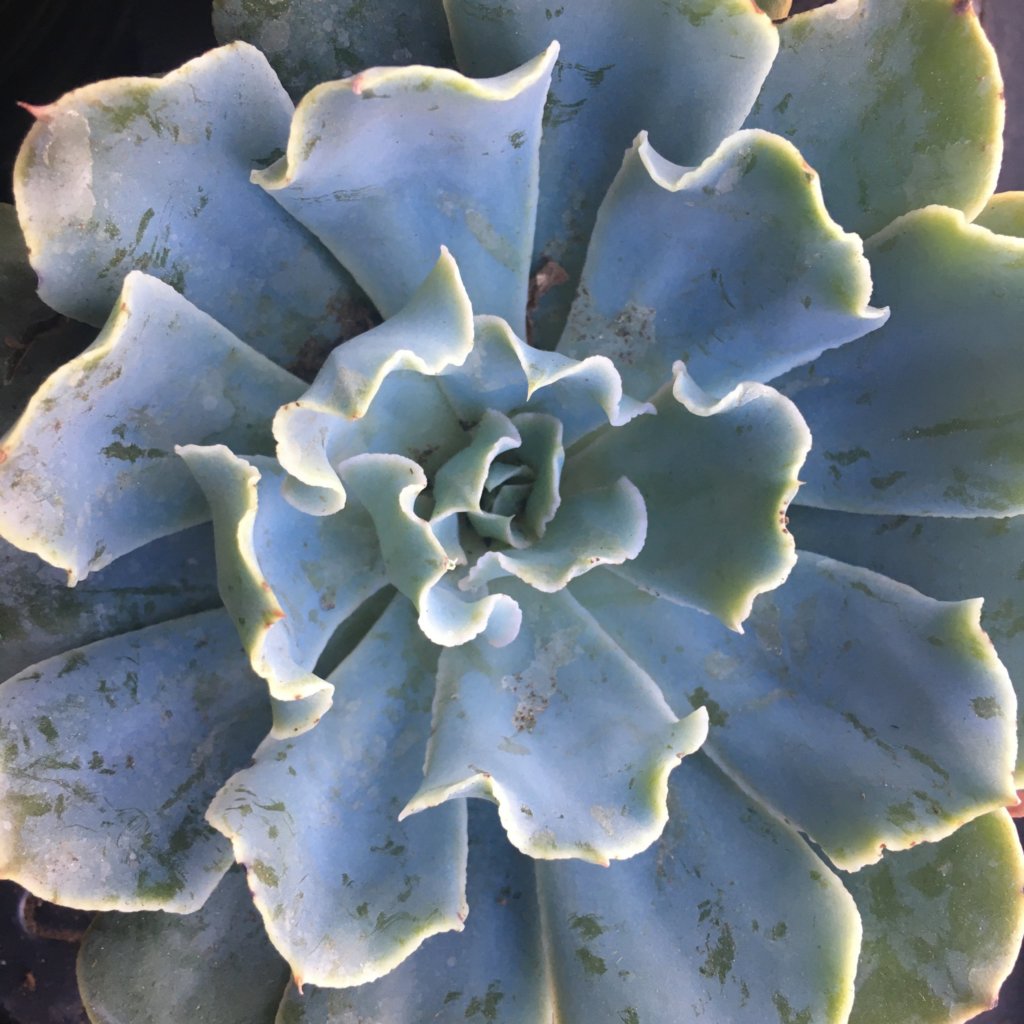
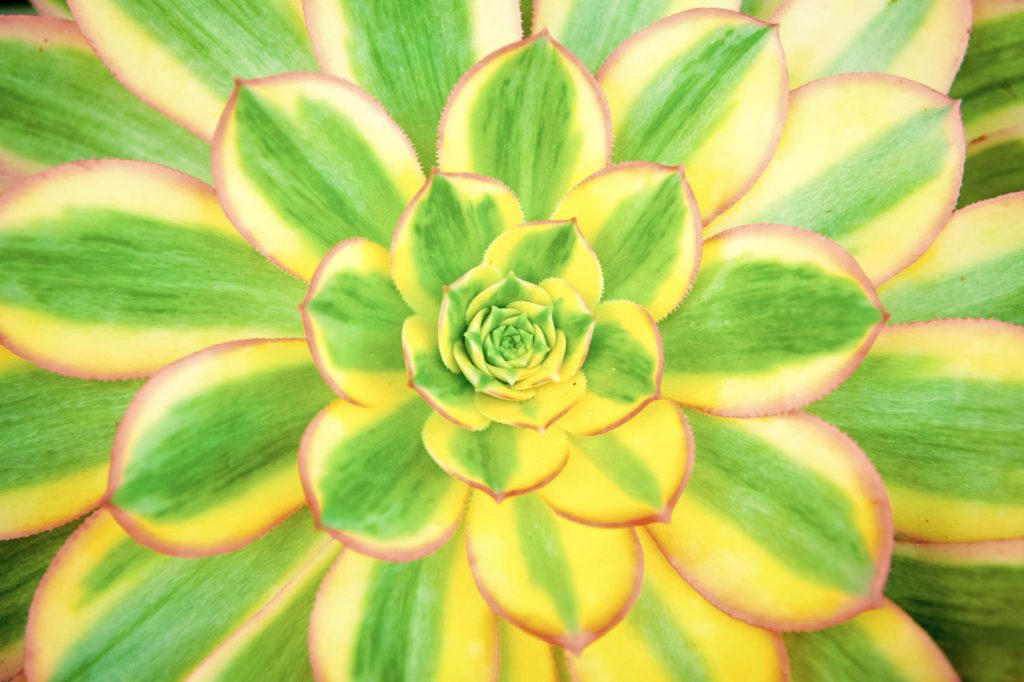
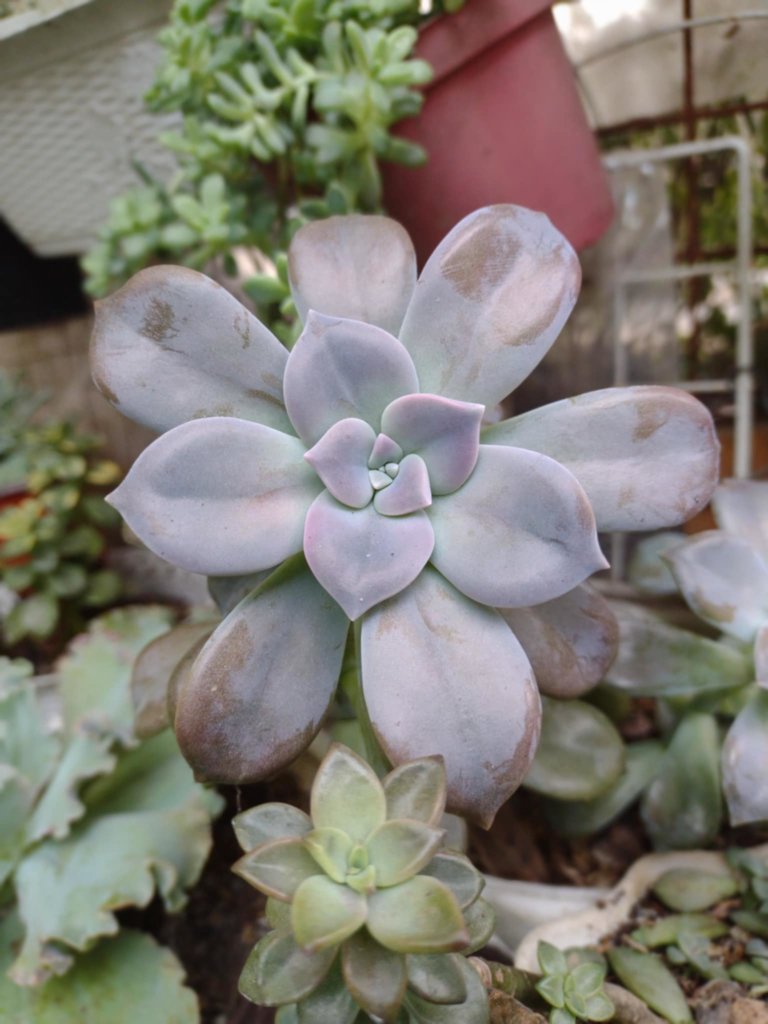
Soft succulents, which are native to warmer climates, are sensitive to freezing temperatures and must be protected from frost. They grow best in USDA Zones 9–13, where winters remain mild.
Echeveria, Aeonium, and Graptopetalum are popular soft succulents. These plants thrive in full sun, warm days, and cool but not freezing nights. Many cannot survive below 30–40°F (-1 to 4°C) without damage.
You should bring soft succulents indoors before the first frost if you live in a cooler zone. Place them near a sunny window or under grow lights to maintain growth.
Soft succulents often have waxy leaves or powdery coatings that protect them from intense sunlight. However, they require protection from excess rain and humidity, which can cause rot.
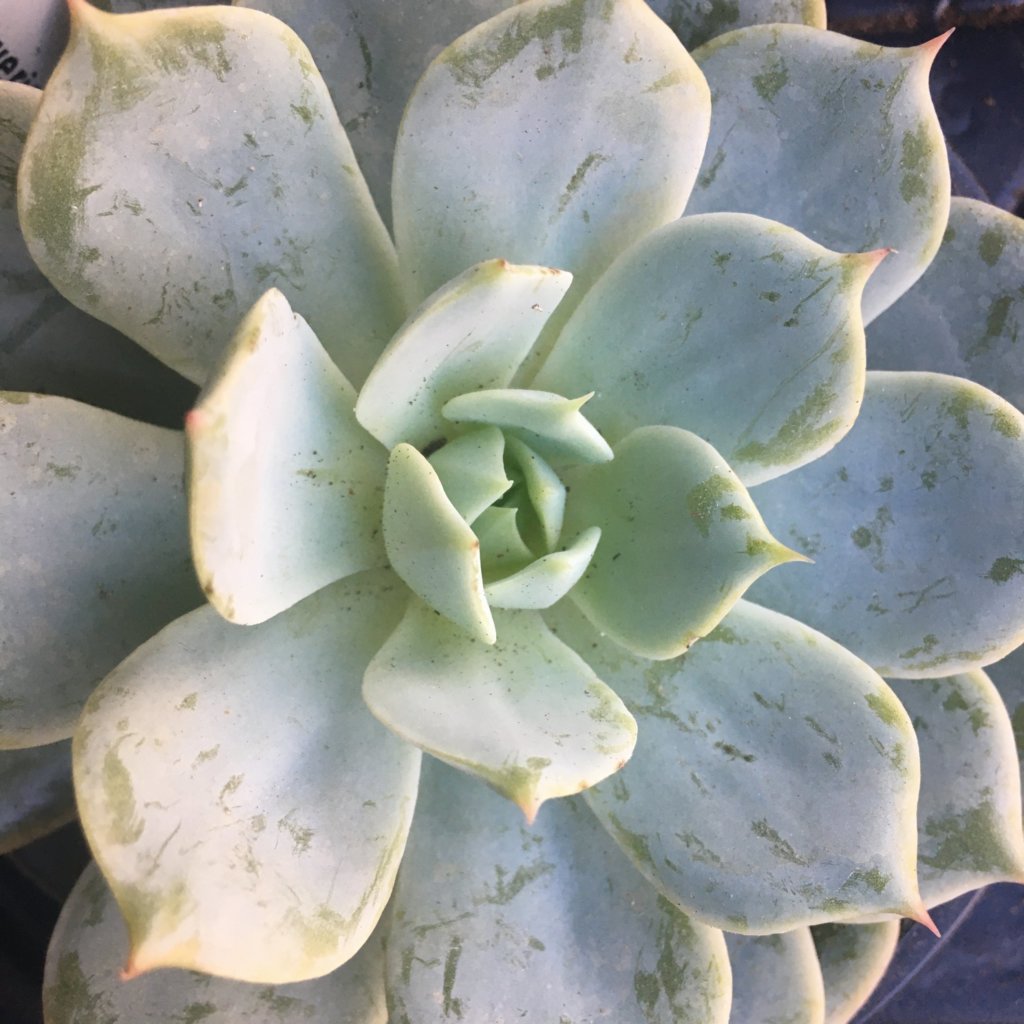
Popular Varieties and Their Preferences
Different succulent types show clear temperature preferences. Knowing these helps you match the right plant to your climate.
| Succulent Type | Example Varieties | Best Zones | Cold Tolerance |
|---|---|---|---|
| Hardy | Sempervivum, Sedum, Delosperma | 3–9 | Down to -30°F (-34°C) |
| Soft | Echeveria, Jade, Aloe | 9–13 | Above 30°F (-1°C) |
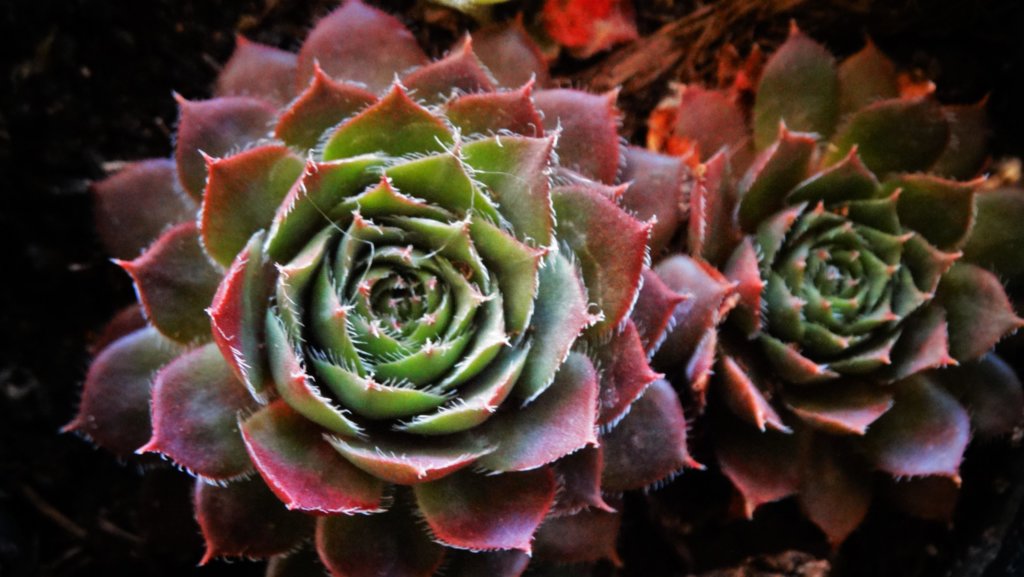
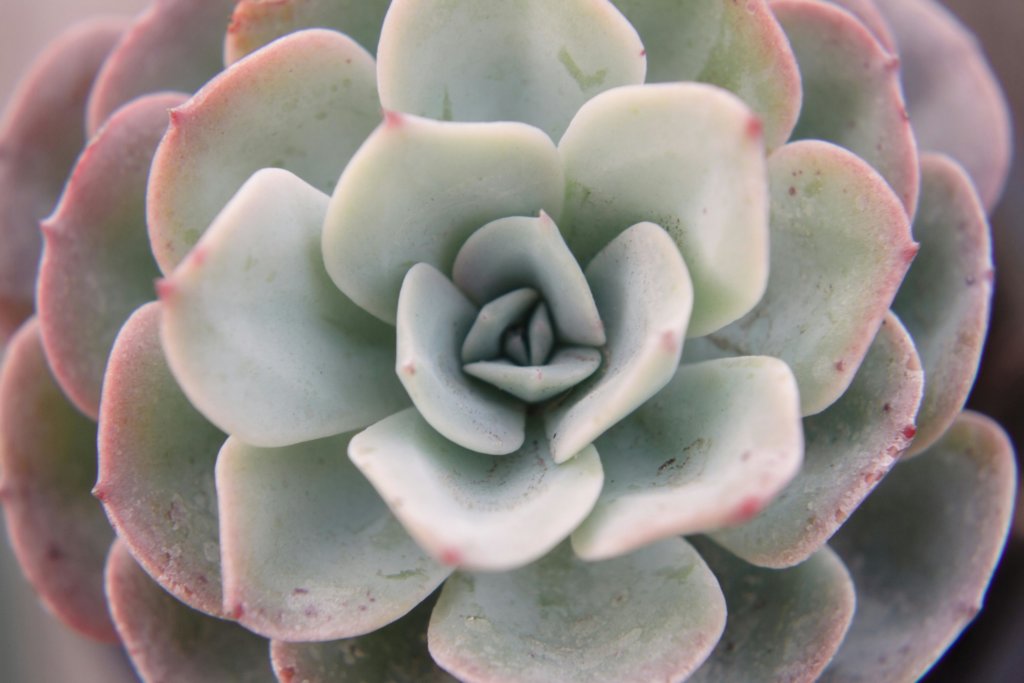
Sempervivum prefers rocky soil and tolerates snow, while Echeveria needs dry warmth and struggles with frost. Sedum adapts to both gardens and containers, making it versatile in cooler zones.
By focusing on the natural tolerance of each type, you can decide whether to plant them outdoors year-round or move them indoors during cold months.

